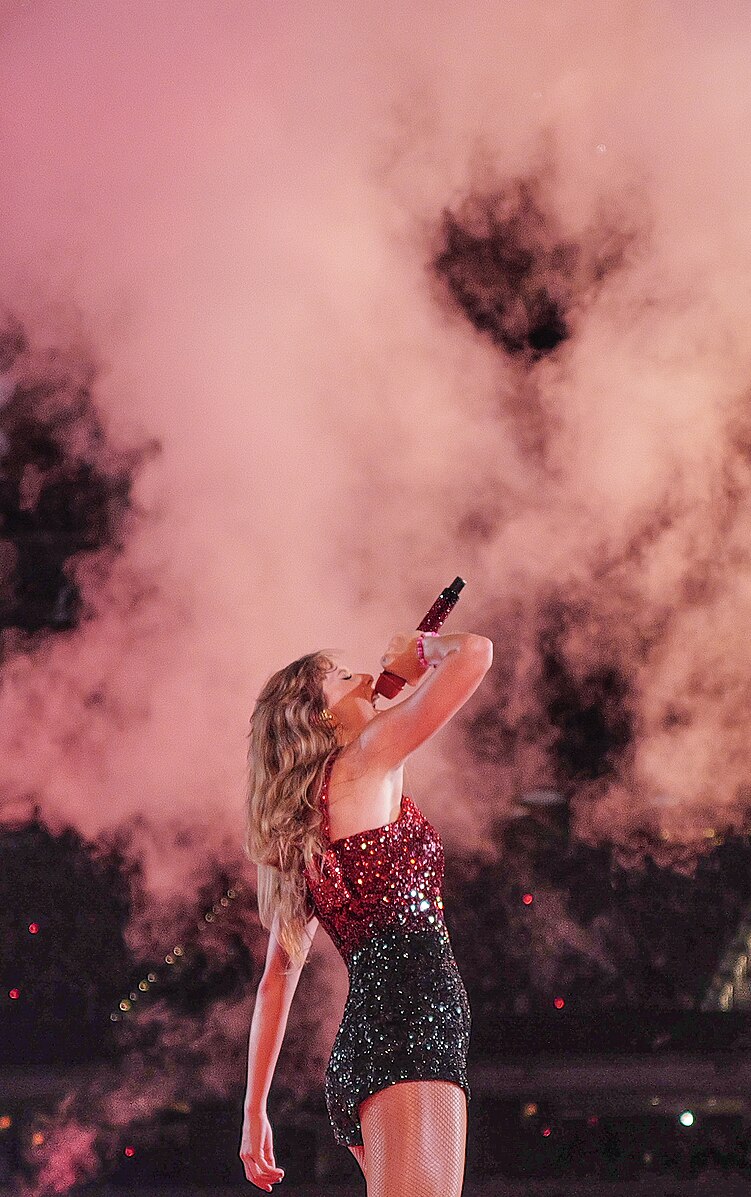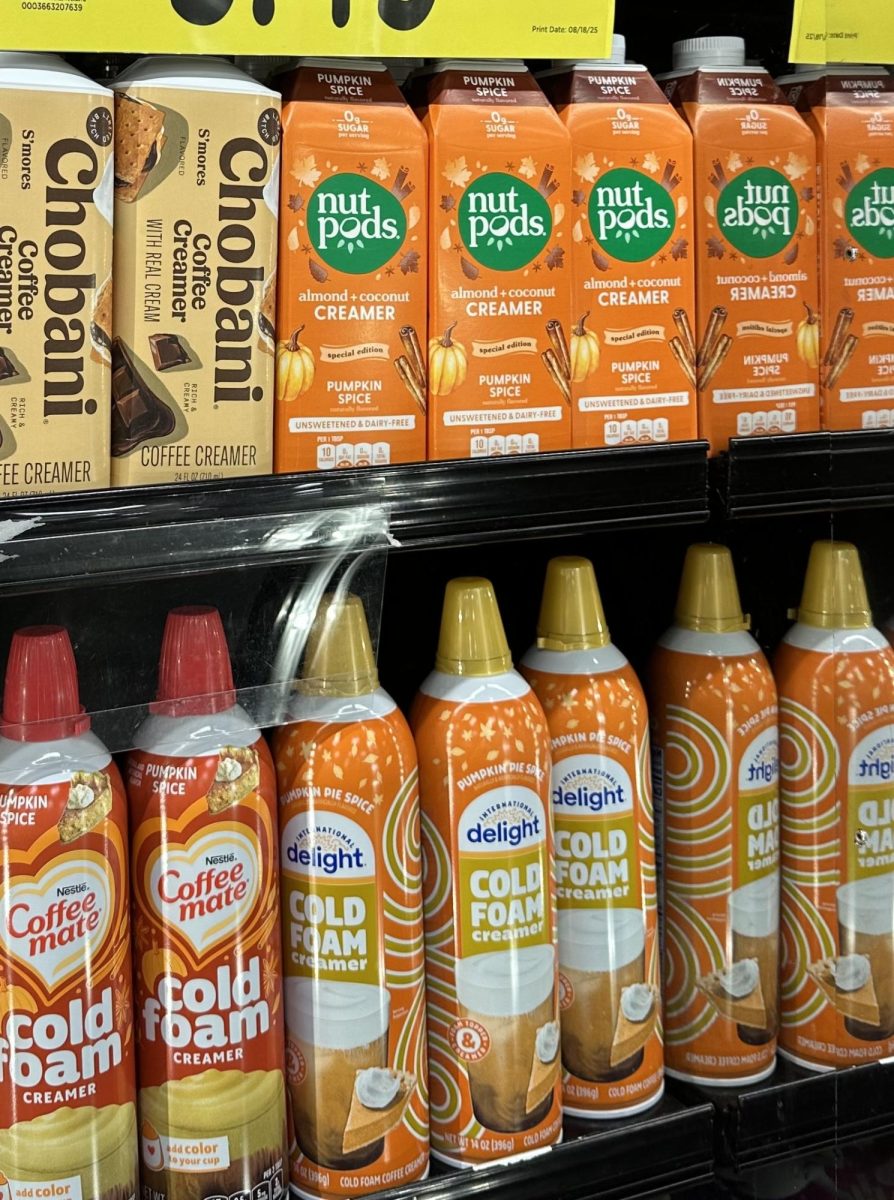Recently, 34-year-old singer and songwriter Taylor Swift has been under scrutiny for her distanced relationship with football star Travis Kelce. With Swift in the middle of her sixth international show, the Eras Tour, and Kelce mid-football season, they developed an elaborate plan to continue seeing each other. During her South American leg of the tour, Swift flew back and forth on her private jet to visit Kelce during his games.
Carbon dioxide (CO2) is the leading greenhouse gas directly linked to climate change. The gas gets trapped in the atmosphere and warms the planet. Several things contribute to the production of CO2, mainly burning coal or other fossil fuels. However, travel by private jet has ranked as the most environmentally unfriendly method of travel, due to their fuel-inefficiency. Each private jet emits over 3 kg of carbon dioxide per flight.
In 2023, Swift produced over 138 tons of CO2 during her then-three-month-long romance with Kelce, making her the top celebrity producer of carbon by a long shot.
On top of this, Swift plans to see Kelce during the 2024 Super Bowl, held in Las Vegas, where Kelce will be playing for the Kansas City Chiefs. Although she is in Japan the night prior, continuing her tour, Swift will travel 5,000 miles overnight on February 10 immediately following her concert and will travel to Melbourne, Australia four days later, adding up to over 14,000 miles total. This chalks up to nearly 200,000 pounds of CO2 created by a single trip, “almost 14 times as much as the average American household emits in a year,” according to ABC News.
Well, if her CO2 emissions are that bad, why doesn’t Swift fly commercial? The answer is safety. To safely fly commercially, Swift would need to be constantly surrounded by security to not be bombarded by paparazzi or fans. By flying private, Swift avoids the hassle that flying commercial would entail.
One of the ways celebrities make up for their carbon emissions is by buying offsets. Offsets are compensations, like paying to plant trees, bought to even out the carbon in the atmosphere, which removes CO2.
However, it’s unclear how effective buying offsets are. They are loosely controlled, some companies aren’t transparent about how the money is used, and they haven’t sufficiently decreased carbon levels. Many companies have inaccurately estimated their significance in carbon capture, leading airlines such as Delta or United to withdraw their offsets.
“It’s a really concerning finding that these projects have been less effective than had been claimed,” Julia Jones, a professor at Bangor University told sierraclub.org, a conservation organization. “Now, that doesn’t mean that they weren’t an effective tool, that these projects weren’t achieving anything. What it means is more carbon credits were being sold than they were delivering.”
Despite this, Swift purchased over double the carbon credits needed to make up for her tour travel, according to her publicist, but no clarifying information was provided.
Swift isn’t the only celebrity criticized for playing a role in CO2 emissions. Elon Musk, formerly an “environmental hero,” produces over 2,000 tons of carbon each year, according to The Guardian, without counting his private jet. By flying private, he produced 132 times more than the average American. Unlike Swift, Musk hasn’t directly paid for his CO2 emissions, only offering a $100 prize for technologies to remove carbon from the atmosphere. The money will be split between three people named in 2025.
Is Taylor Swift’s carbon insignificant in the big picture? Or is her romance with Travis Kelce killing the planet?















